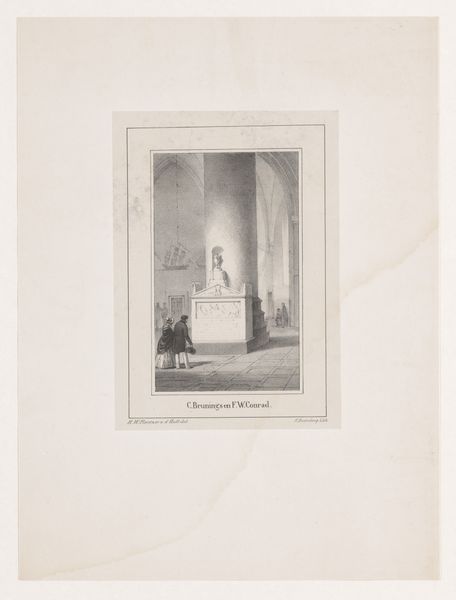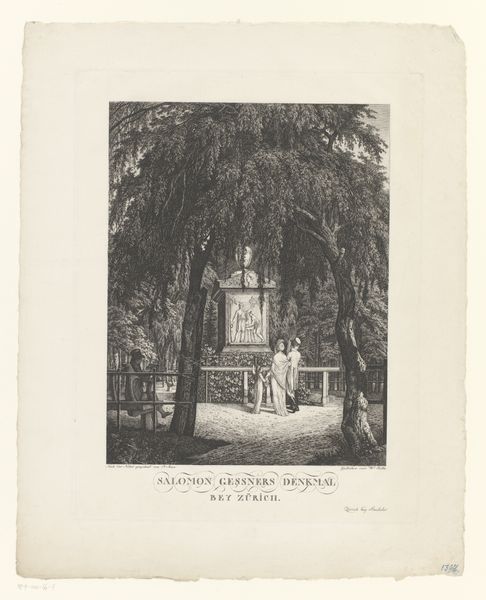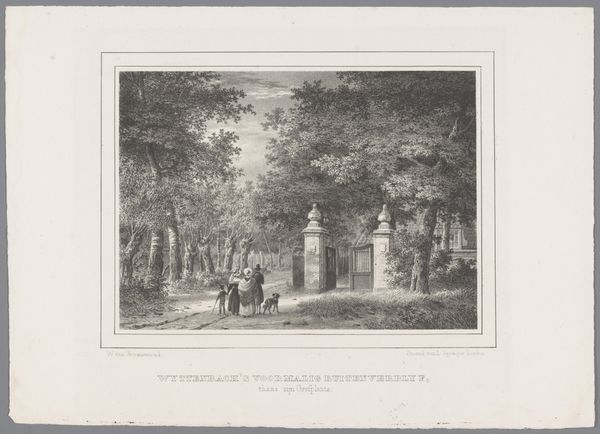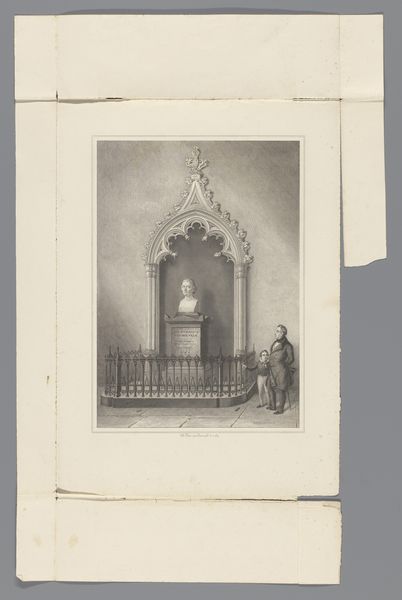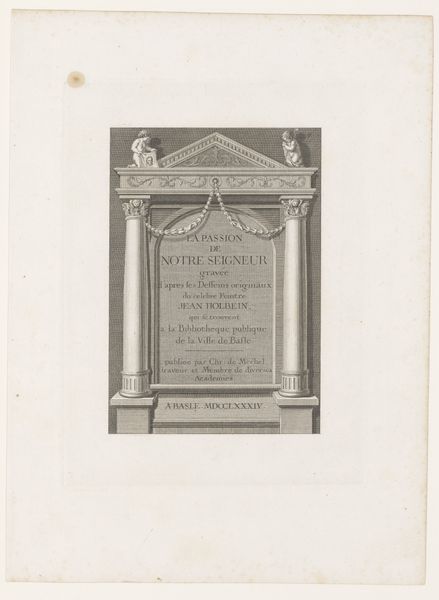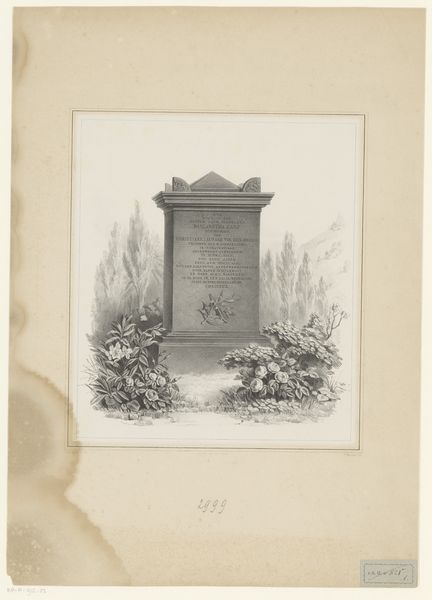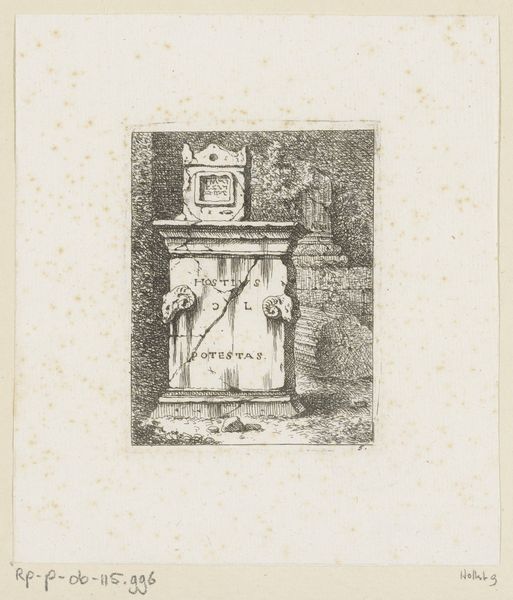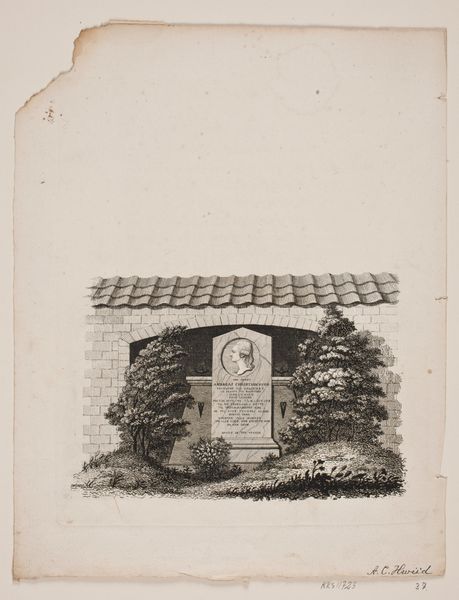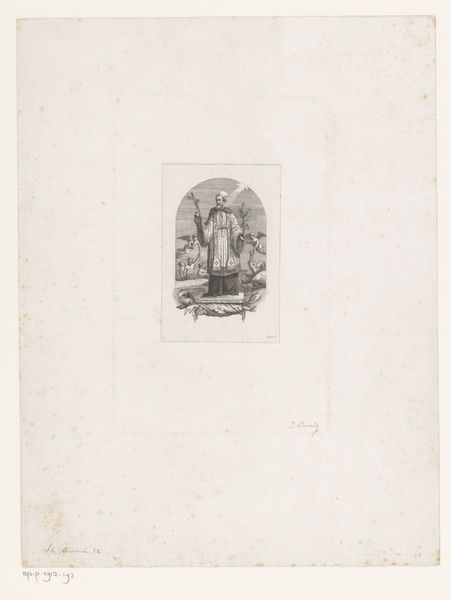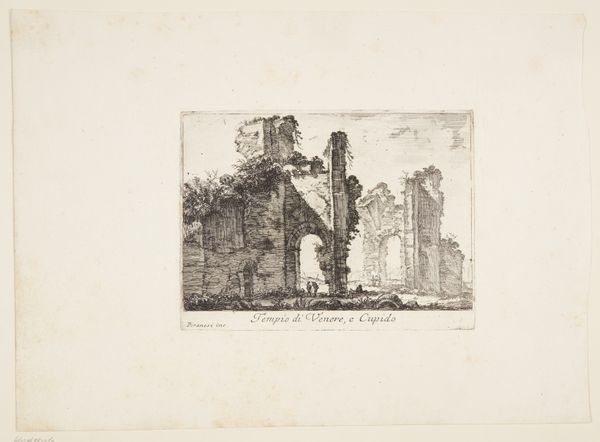
Dimensions: 147 mm (height) x 112 mm (width) (plademaal)
Frederik Ludvig Bradt created this print of ‘Ewalds Grav’ sometime before his death in 1829 using a technique called etching. The method involves coating a metal plate with a waxy, acid-resistant substance. The artist then scratches an image into the wax, exposing the metal beneath. When the plate is dipped in acid, the exposed lines are eaten away, creating grooves. The deeper the grooves, the more ink they will hold. The plate is then inked and pressed onto paper, resulting in a print. The linear quality of the image is directly related to the etched line. The controlled, repeatable nature of printmaking lent itself to the wider social and cultural project of the Enlightenment, connecting aesthetic experience to expanded literacy and the rise of a reading public. So, next time you see a print, consider the labor involved in its production, and how this meticulous process contributed to the spread of ideas and images.
Comments
No comments
Be the first to comment and join the conversation on the ultimate creative platform.
